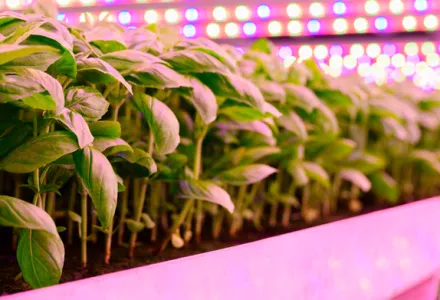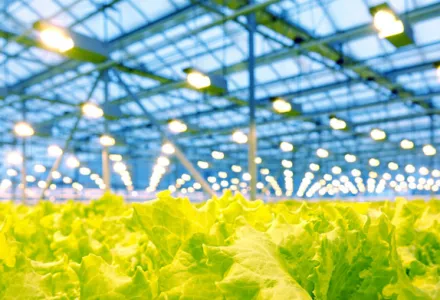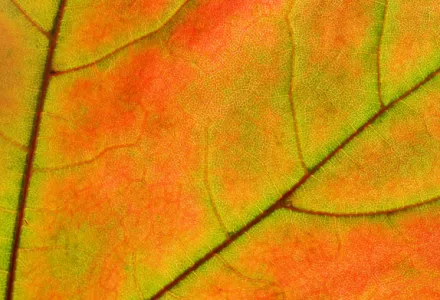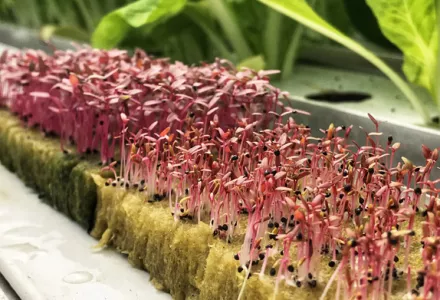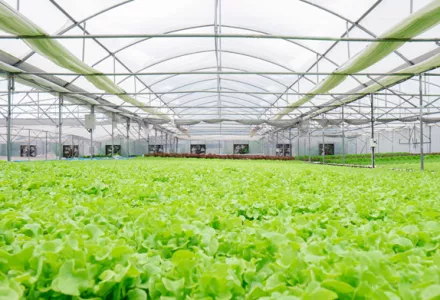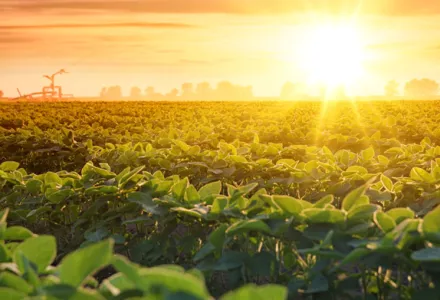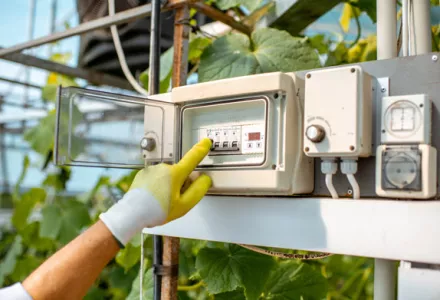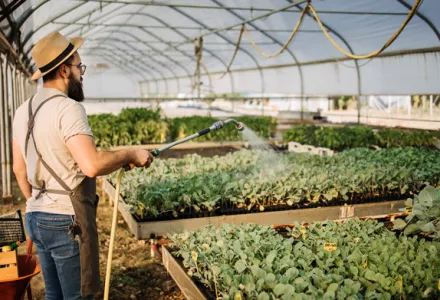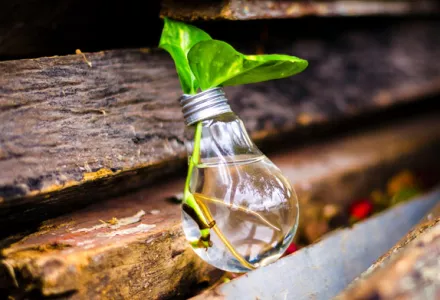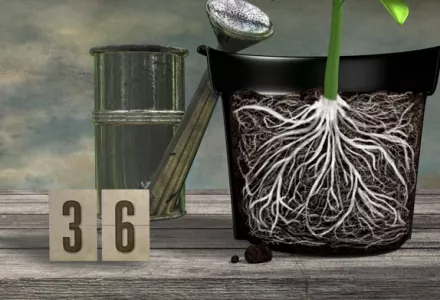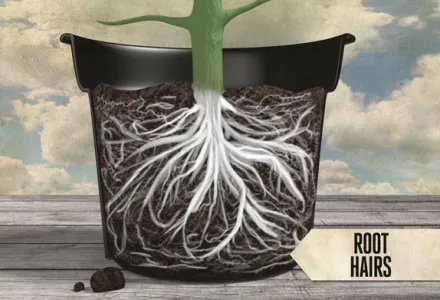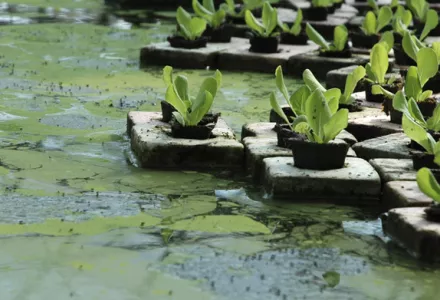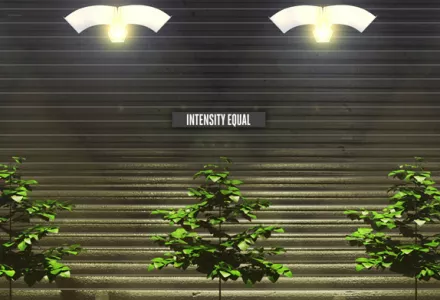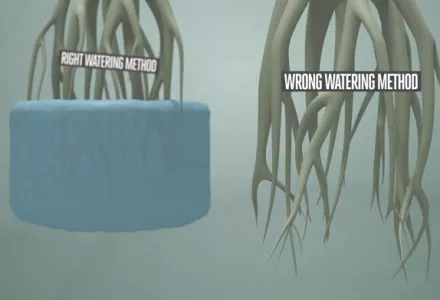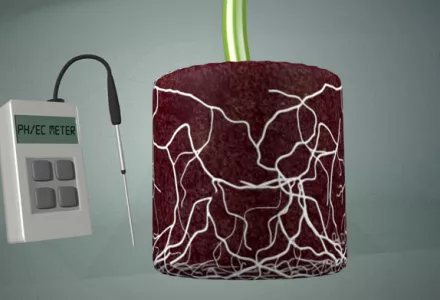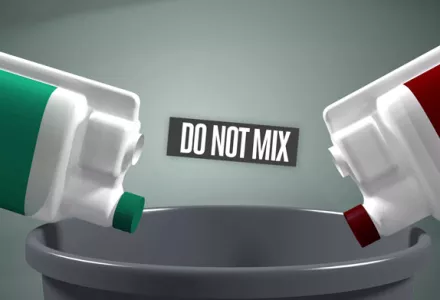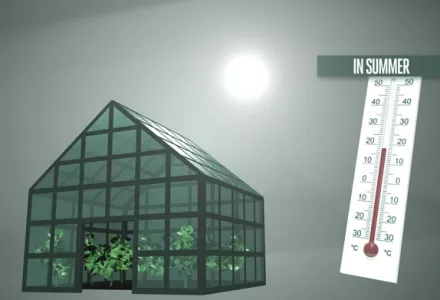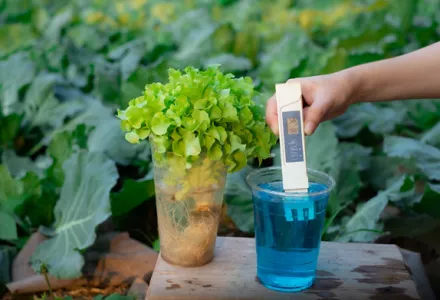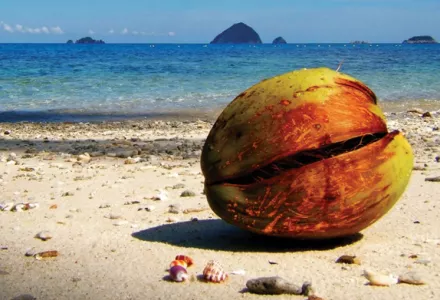Horticulturists have been manipulating their growing environment in order to encourage certain plant behaviors for thousands of years. Plant steering is not a new concept, but growers have continued to advance their use of these environmental tools.
Vegetative plant steering
Vegetative steering allows for long, lush plant growth and cell expansion. This can look like leaf, stem, and root production during the vegetative stage of the plant’s life. If the plant is vegetatively steered during its bloom/flowering period, this can look like increasing flower and fruit yields with water content. Growers can encourage this type of growth by providing higher humidity to their plants, a warm temperature, and to maintain a lower EC in the substrate. Avoid allowing the substrate to become too “salty”, which can stress the plant and discourage vegetative growth. Encourage the plant to put on lush growth by keeping the root zone moist for longer or having a shorter ‘dryback period.’
Measuring drybacks
The length of dryback can be determined by measuring the water content in the medium. Many growers measure the volumetric water content (VWC), which accounts for the volume of water relative to the volume of medium. Growers can also choose to measure water content by weight and in its simplest form, can pick up containers to feel when it weighs 50% compared to right after saturation as an indication that it is time to water again. This is an approach to watering that some have called the 50% rule.
Generative plant steering
Generative steering tends to be more stressful for plants and reduces cell expansion, leading to a decrease in plant length and leaf size. In theory, those stress responses can bring about favorable qualities, such as increased flower stacking and more flavorful, concentrated flowers and fruits, however, these benefits are still under discussion. When generatively steering during late flowering, this can help ripen yields and accentuate flavors. Growers can encourage this type of growth by lowering the humidity, increasing the light intensity, and increasing the EC in the root zone.
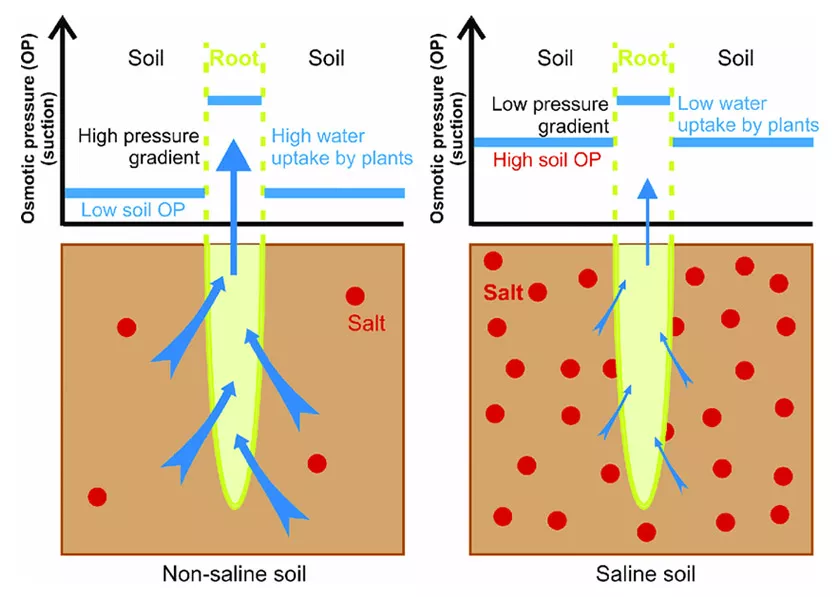
Growers can increase the EC of the root zone by applying a higher fertilizer rate and/or increasing drybacks, or the time period between irrigations. Both actions serve to build up nutrients and acidify the root zone, effectively stressing the plant and further minimizing water uptake. Root hair cells are specialized to have a high concentration of solutes, allowing them to absorb water through osmosis. However, when the EC of the root zone is also highly concentrated, as in during generative steering, the osmotic gradient between the root zone and the root cells becomes smaller, and plants take up water more slowly. In theory, CANNA’s PK 13/14, applied only for a 7-10 day window during the generative period, is one way for growers to increase the EC of the root zone during flowering.
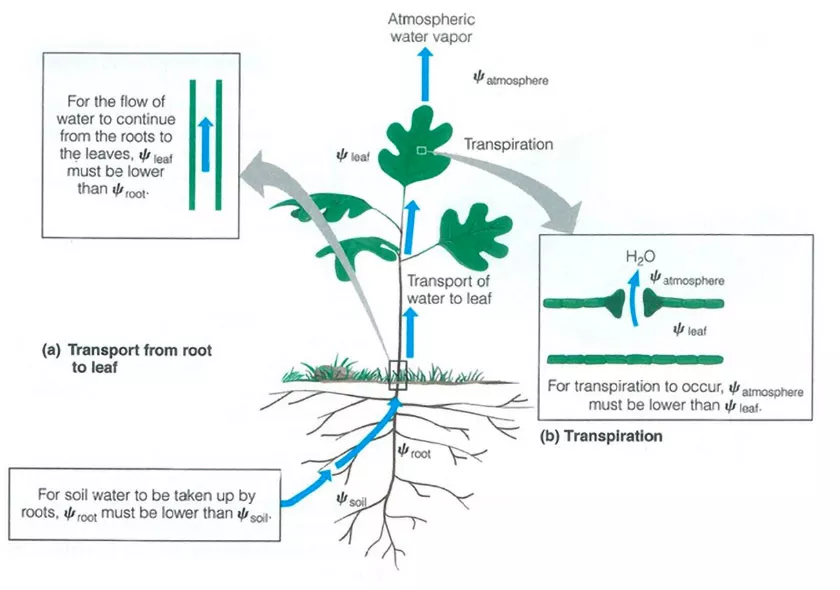
Use steering tools for your own goals
Once a grower becomes familiar with how their environmental, irrigation, and fertilizer choices can effect plant development, it is up to the grower to decide how they may want to encourage the plant to grow in certain ways at specific times in its development. Some growers prefer to steer generatively during the late vegetative stage in order to encourage more flowers to set, before going back to vegetative steering to allow flowers and fruits to bulk in size. Other growers choose to vegetatively steer during the vegetative development period and only change to generative steering during the generative phase.
And others still, choose to keep their conditions the same throughout their entire production period as a simplified means of growing. There is no right or wrong way to pursue plant production, as it depends on individual goals and capacity, however, there is an essential understanding with which growers ought to be geared.
Be mindful of how the growing environment may affect plant development, observe plant production, and continue to make adjustments as needed for your goals. And, as always, feel free to reach out to the CANNA staff as questions come up.

